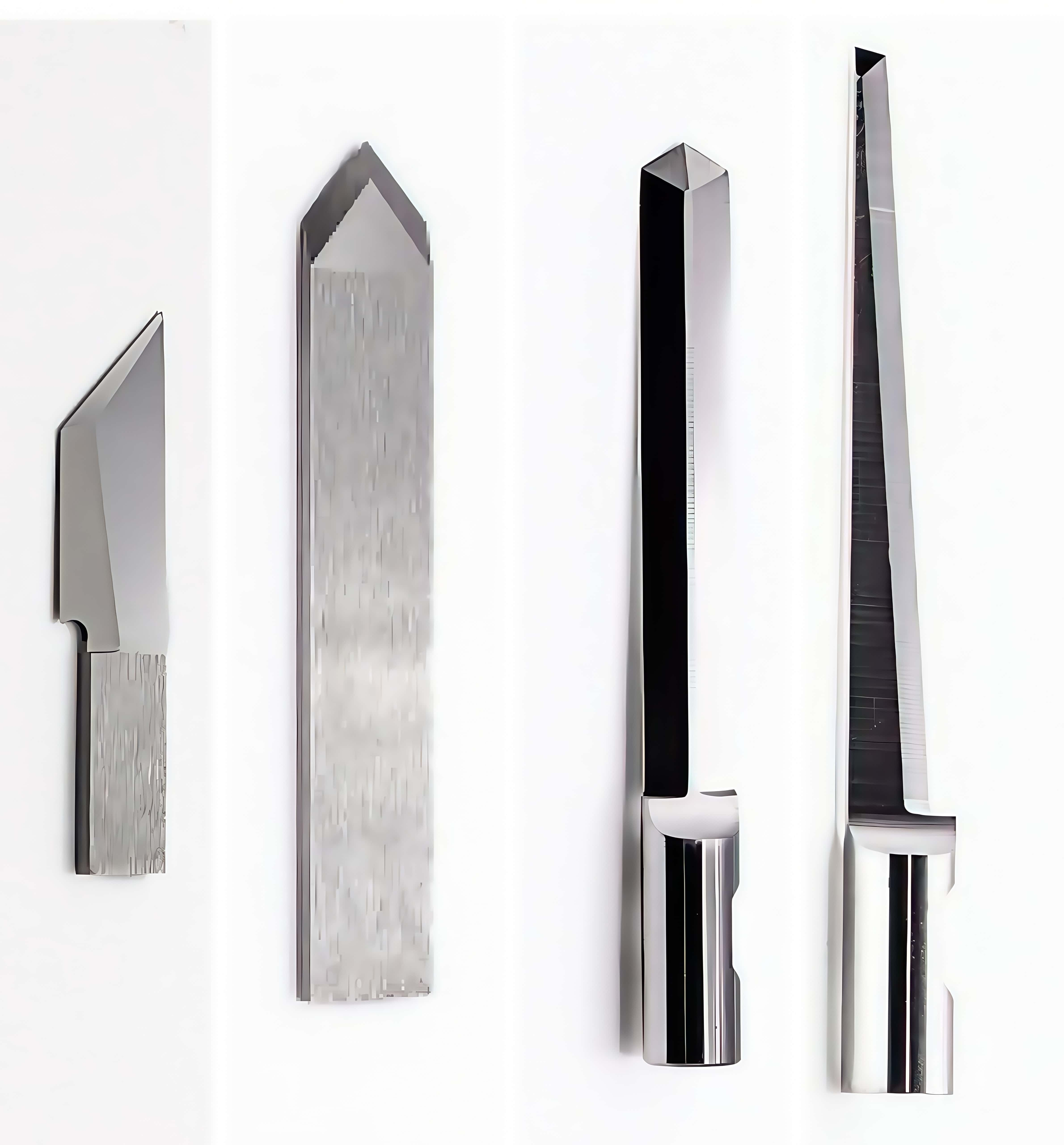
Key points about CNC router knife blades:
Cutting motion:
Instead of a spinning action, the blade oscillates (moves back and forth) or drags across the material, creating a clean cut without excessive pressure or heat.
Suitable materials:
Ideal for cutting thin, flexible materials like vinyl, foam, rubber, cardboard, textiles, and gaskets.
Precision cutting:
The oscillating motion allows for intricate and detailed cuts on soft materials that might tear or deform with a traditional router bit.
Types of knife blades:
CNC router knife blades come in various types, each designed for specific materials and cutting applications. Here are the main types:
1. Straight Knife Blades – General-purpose blades used for cutting soft materials like foam, rubber, and cardboard.
2. Oscillating Knife Blades – Move up and down rapidly to cut through thicker and tougher materials such as leather, fabric, and corrugated board.
3. Drag Knife Blades – A fixed blade that drags along the material, ideal for cutting vinyl, paper, and thin plastics.
4. Tangential Knife Blades – These blades are actively rotated by the machine to maintain the correct cutting direction, suitable for thicker and harder materials.
5. Rotary Knife Blades – Feature a rotating circular blade for fabric, textiles, and soft materials, reducing fraying.
6. V-Cut Knife Blades– Designed for making precise angled cuts, often used in packaging and signage industries.
7. Creasing Wheel Blades – Used for scoring and creasing materials like cardboard before folding.
8. Perforating Knife Blades – Create a series of small cuts or perforations, useful for tear-away applications.
9. Kiss-Cut Blades – Used to cut through the top layer of a material while leaving the backing intact, commonly used for stickers and decals.
10. Circular Knife Blades – Circular-shaped knives that rotate while cutting, often used for fabric and foam.
CNC router knives are used to cut a variety of materials with precision and efficiency. Common materials include:
1. Wood – Plywood, MDF, hardwood, softwood, and particle board.
2. Plastics – Acrylic, polycarbonate, PVC, HDPE, and ABS.
3. Foam – EVA foam, polyurethane foam, polystyrene, and foam board.
4. Composites – Carbon fiber, fiberglass, and aluminum composite panels (ACP).
5. Rubber – Gaskets and industrial rubber sheets.
6.Paper and Cardboard – Corrugated cardboard, chipboard, and paperboard.
7. Textiles and Leather – Fabric, vinyl, synthetic leather, and natural leather.
8. Non-Ferrous Metals – Aluminum, brass, and copper (with specialized tools).
CNC router knife blades offer several key benefits, making them essential tools for precision cutting in various industries. Here are some of their main advantages:
1. Precision Cutting
CNC router knife blades deliver high accuracy and clean cuts, reducing material waste and minimizing the need for post-processing.
2. Versatility
They can cut a wide range of materials, including foam, rubber, leather, textiles, cardboard, plastics, and composites.
Ideal for industries such as packaging, automotive, signage, and textile manufacturing.
3. Efficiency & Speed
CNC automation allows for faster production times compared to manual cutting.
High-speed operation improves productivity and reduces labor costs.
4. Consistency & Repeatability
Ensures uniform cuts across multiple pieces, which is crucial for mass production and high-quality output.
5. Reduced Material Waste
Precise cutting minimizes errors and optimizes material usage, leading to cost savings.
6. Lower Tool Wear
Unlike traditional milling tools, knife blades experience less wear when cutting softer materials, extending tool life and reducing replacement costs.
7. Less Heat Generation
Since CNC knife blades cut through materials rather than grinding or routing, they generate less heat, preventing material warping or melting.
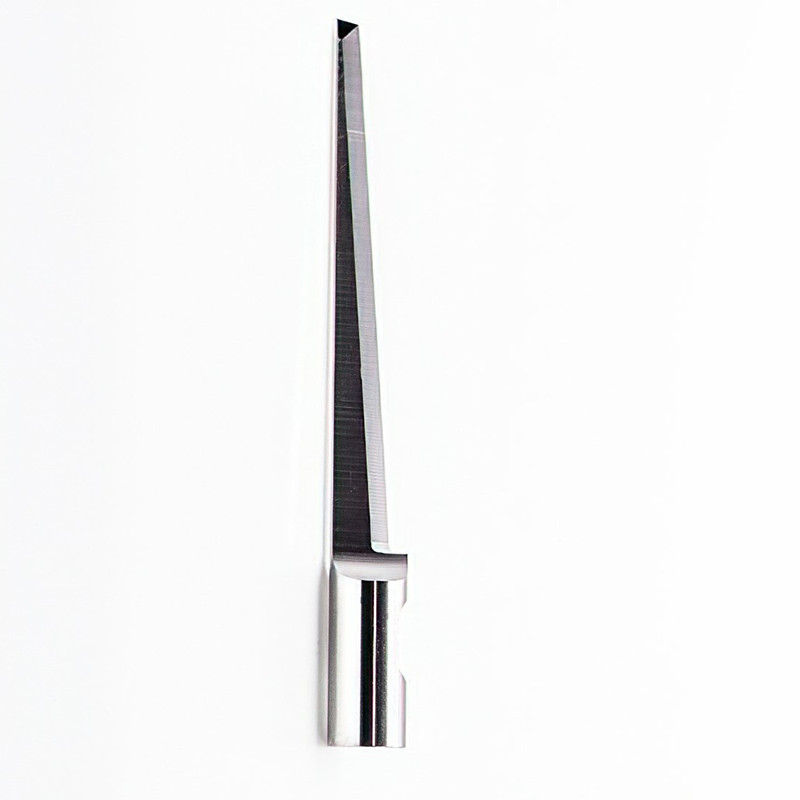
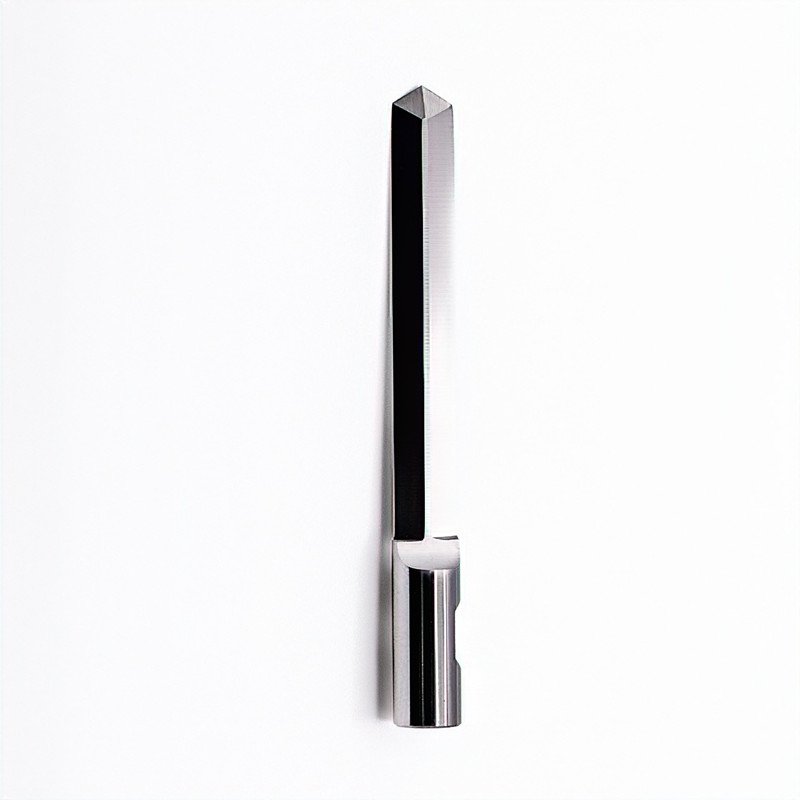

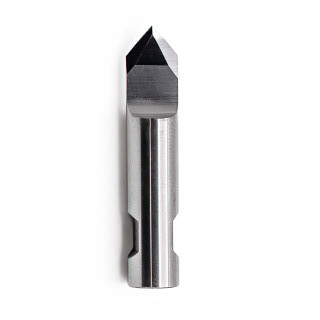
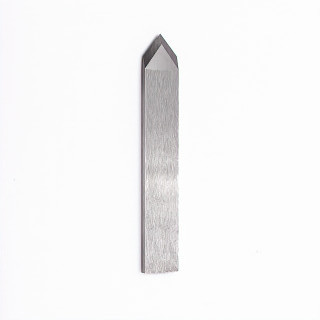
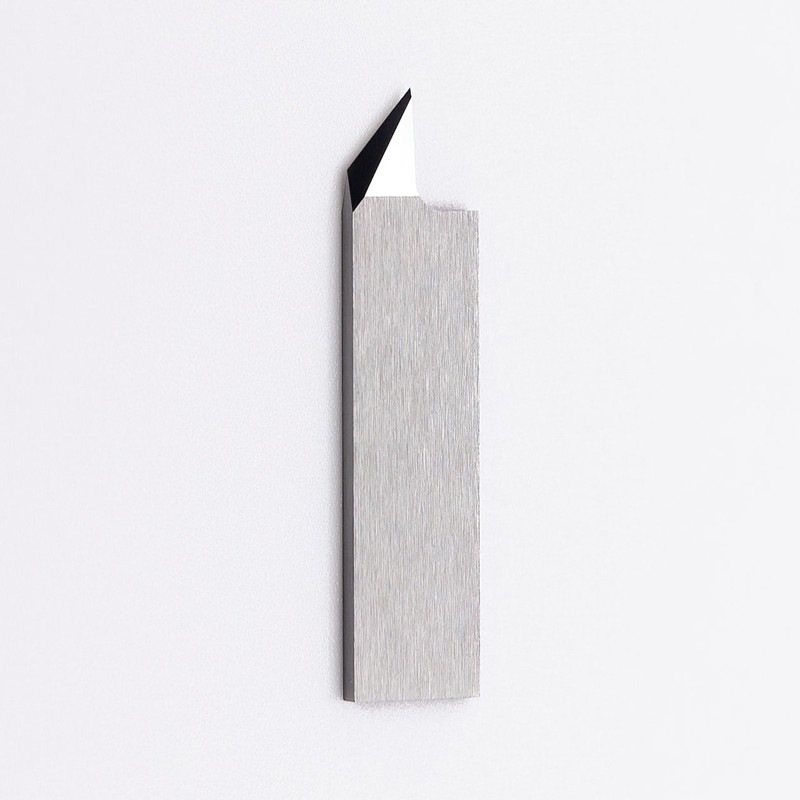
For more Atom Blackman & White Bullmer Comelz Comagrav Eastman Elitron FILIZ Gerber Iecho JWei Kuris Lectra Mimaki RuiZhou Ronchini Teseo Wild Cnc Router Knife Blades, please visit https://www.china-oyea.com/
PREV : ZUND Z61 MultiCam 003612-MC61 Blackman & White BW61 iEcho E61 Oscillating Knife Blades Stores Shops NEXT : Cutworx LST 1319 & Max Series Digital Die Cutters Knife Blades Specifications and usage differences





